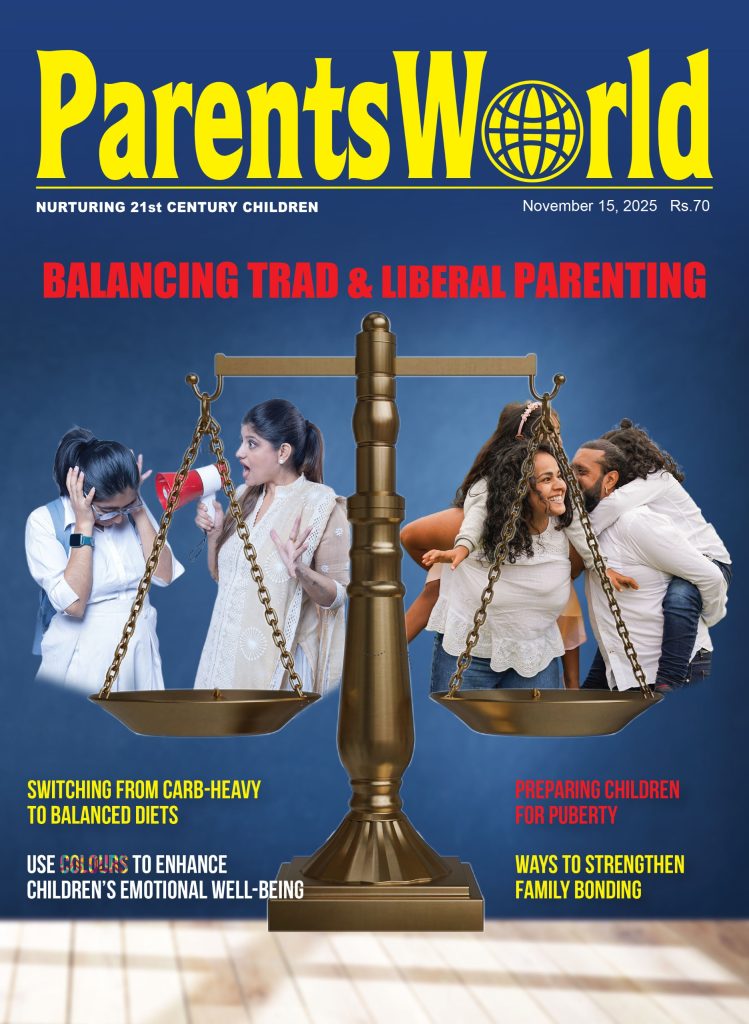Don’t abandon pandemic era upsides

In March 2020, schools in India and worldwide came to an abrupt halt because of the spread of the Covid-19 pandemic. Surprisingly despite the massive disruption, quite a number of schools managed to cope well, taking teachers, students and parents on an online adventure! As with most adventures, there were teething troubles but eventually things settled down.
Children’s return to school campuses is likely to be phased and will be driven by local government regulations and parental preferences. Meanwhile, teachers and administrators should reflect upon frequency (daily or alternate days) and embrace and improve the blended learning model — an amalgam of in-class and digital education — that’s here to stay. If school managements build a consensus with parents, students and teachers being on the same page, the learning loss of the past 60-64 weeks when schools were shuttered can be quickly remedied. I have always trusted teachers to be the best judges of situations at school. Going forward, they need to manage in-person and virtual teaching with equal intensity and rigour.
The past 18 months have given educators (and parents) a good idea of how thousands of teachers responded creatively to the prolonged closure of schools during the pandemic. Driven by creativity, sense of purpose, skill and positive mindsets, a minority of teachers were motivated to do the extraordinary. Yet today, we have to re-think what students have missed in online classes and bridge the gaps. We need to double down on learning-by doing in the form of hands-on experiences/experimental lab work, collaborative activities and sports during the initial months of resumed in-school classes. School managements have to be flexible about allowing online students to join sports sessions and engaging them to address soft skills gaps.
Pedagogy, assessment, and the daily routine are all critical for enriching children’s learning experiences. Teachers have to re-design assessments and focus on long-term projects, internships and in-depth research rather than grades. The post-pandemic era requires schools where children focus on learning-by-doing. Assignments and projects must be aligned to real world challenges to which young students should apply their minds. The priority should be to encourage our students to create, invent, discover, and collaborate. “Don’t just consume things, create things,” advises former US president Barack Obama.
However, care needs to be taken that the gradual — perhaps too gradual — return to on-campus learning doesn’t result in abandonment of the many upsides of online education that school managements have experienced, even if unwittingly. The hybrid or blended teaching-learning model is certain to become normative in primary-secondary education. Teachers and institutional managements need to be vigilant that valuable gains of the pandemic era — supplementary and explanatory education through digital media — aren’t lost.
With the spurt and improvement of Internet connectivity, high quality content from around the world available on Moocs and digital online platforms can be incorporated into institutional teaching-learning programmes. For instance, through our Singhania Education Services, we have created our own holistic learning app, Singhania Quest+. This app enables learners to supplement classroom teaching with detailed videos explaining concepts and content that provides deeper understanding of a subject and enables continuous self-testing.
Most bona fide educators are aware that grouping students by age is unlikely to fulfill the peculiar learning needs of every child. The main benefit of digital or asynchronous learning is that it addresses this problem and enables children to learn at their own pace. If we group students based on their demonstrated capabilities, they will progress by peer learning. Another benefit of the digital learning revolution is that it has enabled teachers to play the role of motivators who encourage self-learning.
The Synthesis School in the US, which builds on pedagogy developed by technopreneur Elon Musk’s Ad Astra School, encourages self-learning through simulations. Learners joyfully solve problems of movie studios, tamp out wildfires, colonise space, collect art etc. Comments edupreneur A.L. Fabrega, promoter-director of Synthesis School: “In school, we learn ‘just in case’ from a fixed curriculum in the hope that it will include something that will be useful later. In real life, we learn ‘on demand’ when it best suits our needs, interests and styles.”
Ultimately, my advice to fellow educators is simple: Try something new! Every crisis stimulates innovation and provides an opportunity to challenge the status quo and build a new paradigm. Modern education has come a long way from the ‘factory schools’ of 19th century Prussia. Let’s use the pandemic disruption to rethink and devise new ways and means to combine traditional and digital education to accelerate improved learning outcomes.
(Dr. Revathi Srinivasan is Director-Education & principal, Smt. Sulochanadevi Singhania School, Thane)
Also Read:Dr. Revathi Srinivasan – Budget boost for education

















Add comment